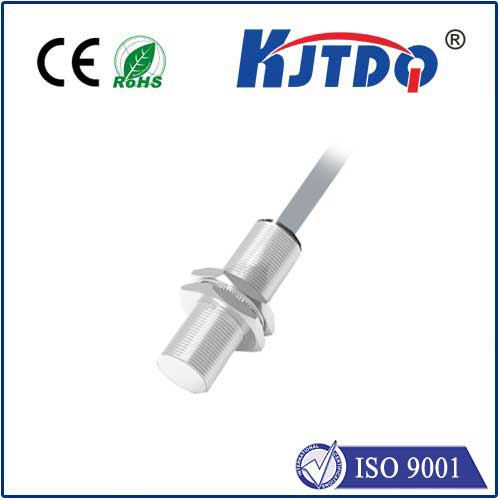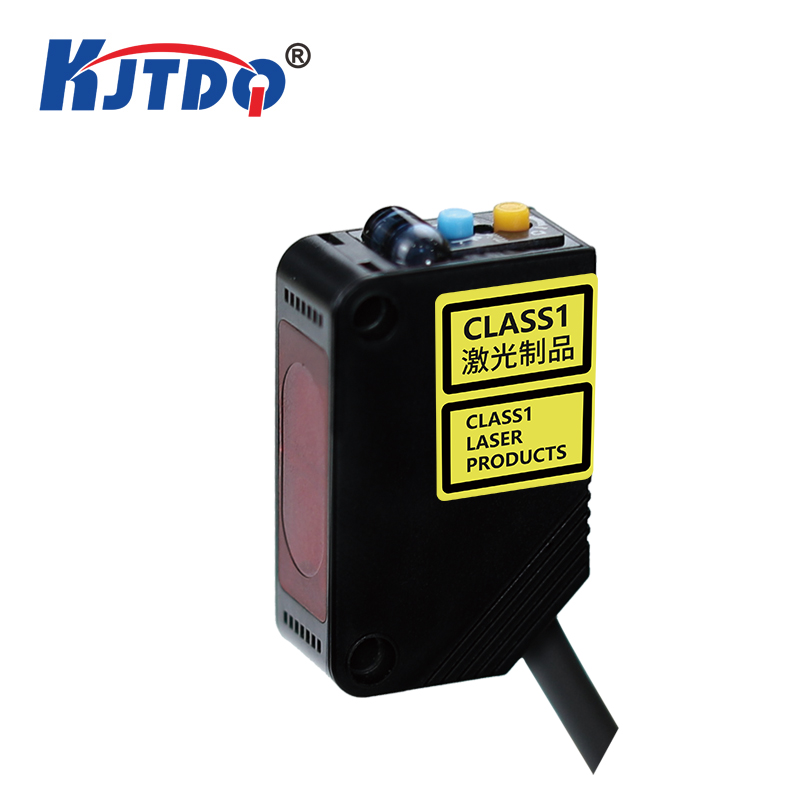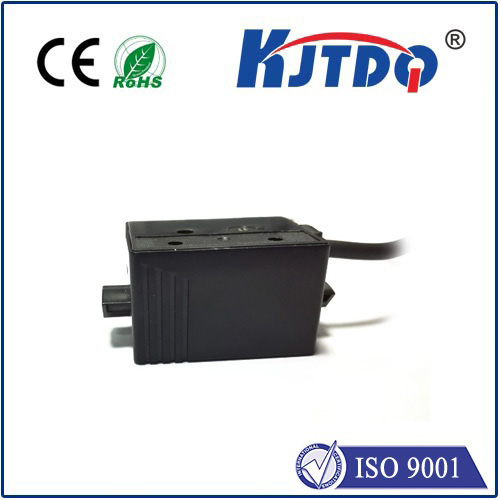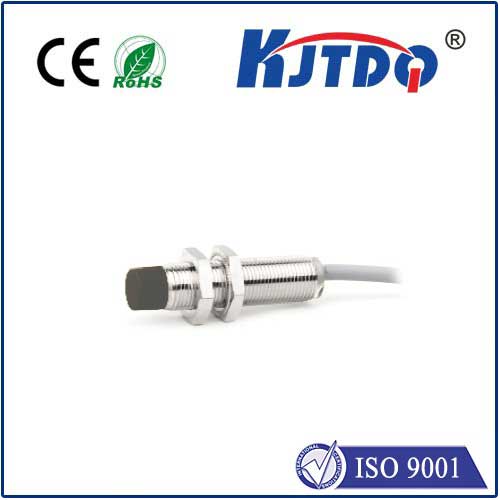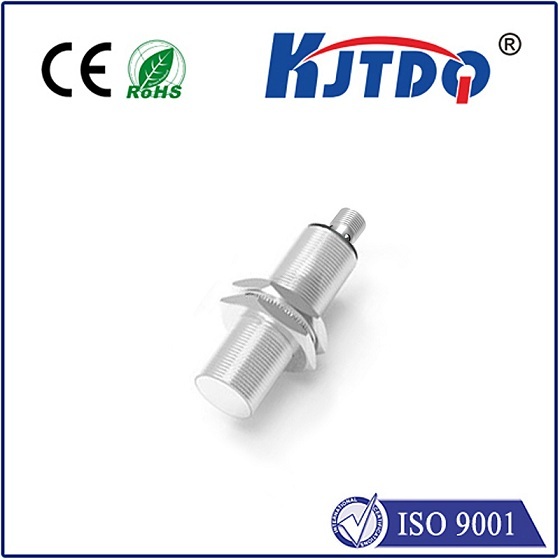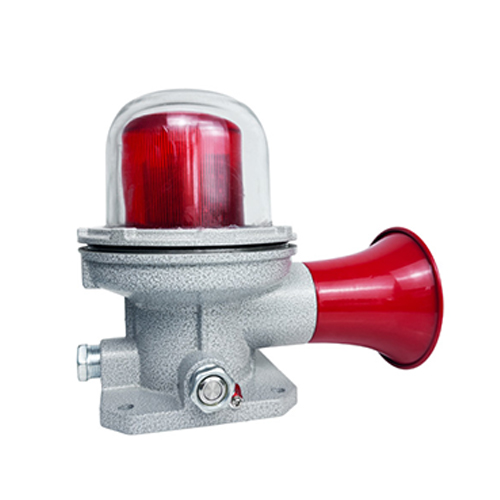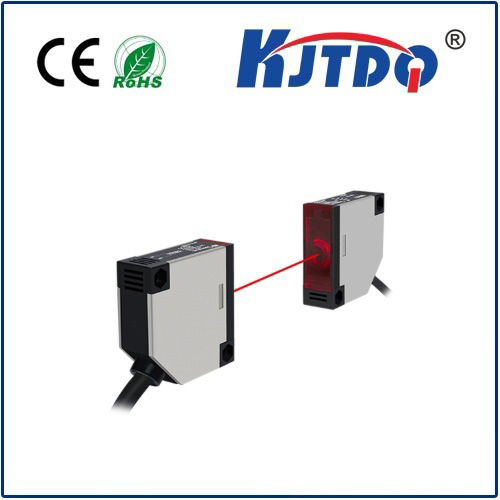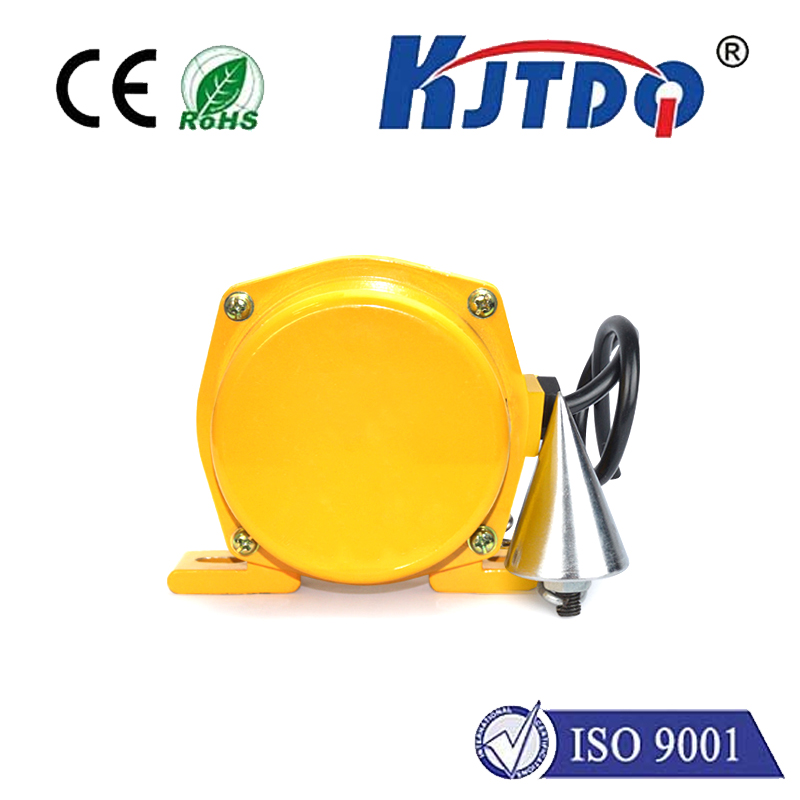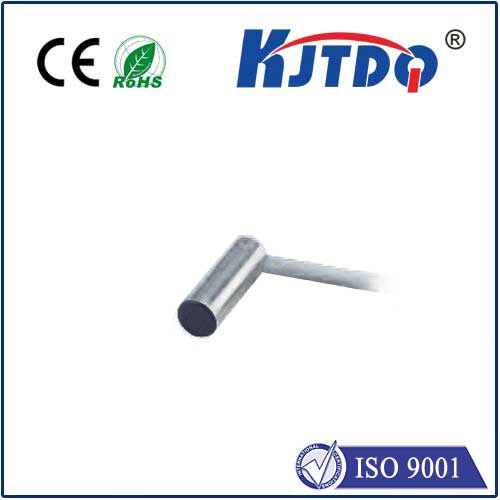l160f 30 limit switch
- time:2025-08-01 13:10:58
- Click:0
L160F-30 Limit Switch: The Unseen Guardian of Industrial Precision and Safety
In the pulsating heart of modern industry, where massive machines perform intricate dances and automated systems orchestrate complex tasks, unseen components work tirelessly to ensure everything runs smoothly and safely. Among these silent sentinels, the L160F-30 limit switch stands as a critical player. Far more than just a simple on/off device, this robust mechanical switch is fundamental to controlling movement, defining operational boundaries, and preventing catastrophic failures. Understanding its role is key to appreciating the reliability embedded within countless industrial processes.
At its core, a limit switch is a specialized electromechanical device designed to detect the presence or absence, or the position, of an object through physical contact. It acts as the system’s “eyes” for physical position feedback. Think of it as a precisely positioned trigger. When a moving part – like a machine arm, a conveyor cart, or a gate – reaches a predetermined point in its travel, it physically interacts with the limit switch’s actuator (the lever, roller, or plunger protruding from the switch body). This contact forces the switch to change its internal electrical state, sending a crucial signal to the machine control system.
The L160F-30 designation provides specific clues about this switch’s capabilities and intended environment:

- L160F: This typically refers to the switch series and housing style. The ‘L’ often indicates a heavy-duty industrial limit switch. The ‘160F’ usually specifies the physical dimensions, enclosure type (often featuring a robust die-cast metal housing), and basic actuator configuration options. This housing is engineered for durability, protecting the sensitive internal contacts from harsh industrial realities like dust, moisture, vibration, and physical impact.
- 30: This number commonly signifies the electrical contact configuration. A ‘30’ designation frequently refers to a specific setup, often meaning Single Pole Double Throw (SPDT) contacts, also known as Form C. This provides essential versatility: one common terminal ©, one normally open contact (NO) that closes when the actuator is operated, and one normally closed contact (NC) that opens when the actuator is operated. This allows the switch to either complete or interrupt a circuit upon actuation, offering flexibility in control logic design. Crucially, the “30” often implies a significant current rating, typically 10A or 15A at 250VAC/125VDC, making it suitable for directly controlling solenoids, small motors, or pilot lights, or interfacing with PLCs.
The L160F-30 limit switch brings several indispensable advantages to demanding industrial settings:
- Robustness and Durability: Its die-cast metal housing provides exceptional protection against physical damage, oil, coolant, and environmental contaminants. Many models boast high IP (Ingress Protection) ratings (like IP65 or IP67), signifying strong resistance to dust and water jets. This translates directly to reliable operation in foundries, machine shops, material handling, agricultural machinery, and outdoor equipment.
- High Current Handling: The 30-amp rating is a standout feature. Many modern sensors (like proximity sensors) handle only low-level control signals. The L160F-30, however, can often switch substantial power loads directly. This eliminates the need for an intermediate relay in many applications, simplifying wiring, reducing components, and potentially lowering costs while enhancing reliability. It acts as both sensor and power switch.
- Positive Position Feedback: Unlike non-contact sensors that might be influenced by surrounding material or environmental factors, the L160F-30 relies on definite physical contact. This provides unequivocal feedback that an object has reached a specific, mechanically defined position, critical for sequences requiring absolute positional certainty.
- Versatile Actuation: A key strength of the L160F series is the wide range of actuator types available (roller levers, wobble sticks, plungers, fork levers, etc.) and their adjustable positions. This allows for precise customization to fit the specific mechanical interaction required by the application, ensuring optimal engagement with the target object.
- Enhanced Safety: By reliably detecting the end-of-travel positions of moving components or confirming the closure of safety guards, L160F-30 switches play a vital safety function. They can halt dangerous motion, prevent over-travel damage to machinery, or ensure interlocks are engaged before a hazardous process begins.
Where Does the L160F-30 Powerhouse Shine?
The combination of ruggedness, high current capacity, and precise physical switching makes the L160F-30 limit switch exceptionally well-suited for challenging environments:
- Heavy Machinery: Position sensing on cranes, excavators, presses (end-of-stroke detection), and agricultural equipment (implement position control).
- Material Handling: Used on conveyors (end-of-line stops, package positioning), automated guided vehicles (AGV) (bumper stops, lift height limits), palletizers, and hoists (upper/lower limit stops). Its ability to handle direct loads is crucial here.
- Factory Automation: Providing reliable position feedback for robotic arms, machine tool slides (travel limits, tool changer positions), assembly stations, and indexing tables.
- Process Control: Monitoring valve positions, gate openings/closures, damper settings, or bin level indicators where physical contact detection is preferred or required.
- Safety Interlocks: Ensuring machine guards are securely closed, access doors are latched, or maintenance zones are clear before equipment can operate.
Selecting and Implementing Effectively
Choosing the right L160F-30 limit switch involves careful consideration:
- Actuator Type: Match the actuator (roller lever vs. plunger vs. fork lever) to the motion and force profile of the target object.
- Electrical Rating: Confirm the voltage (AC/DC) and current (amps) requirements of the load being controlled match the switch’s specifications. Never exceed the rated capacity.
- Environmental Rating: Ensure the switch’s IP rating is sufficient for the level of dust, moisture, and chemical exposure present.
- Operating Temperature: Verify the switch functions reliably within the ambient temperature range of the application.
- Mounting: Consider the required mounting orientation and stability. The robust housing typically offers flexible mounting options.
Proper installation and adjustment are paramount. Position the switch so the actuator engages reliably and squarely within its operating range. Ensure adequate over-travel – the distance the actuator can move safely beyond the point of contact without damage. Regular inspection for signs of wear, damage, or contamination, coupled with functional testing, is crucial for long-term reliability and safety.
In conclusion, the L160F-30 limit switch is far more than a simple component; it’s a fundamental safeguard and precision tool within the industrial landscape. Its robust construction, high-current switching capacity, and definitive position feedback mechanism make it an irreplaceable solution for countless applications demanding reliable control and safety in tough conditions. From coordinating the precise movements of assembly robots to halting a conveyor overload or preventing a crane from over-extending, the L160F-30 operates silently but effectively, underpinning the efficiency and safety of the machines that shape our world. Its durability and power handling ensure continued performance where lesser switches might fail, solidifying its role as a true workhorse.






